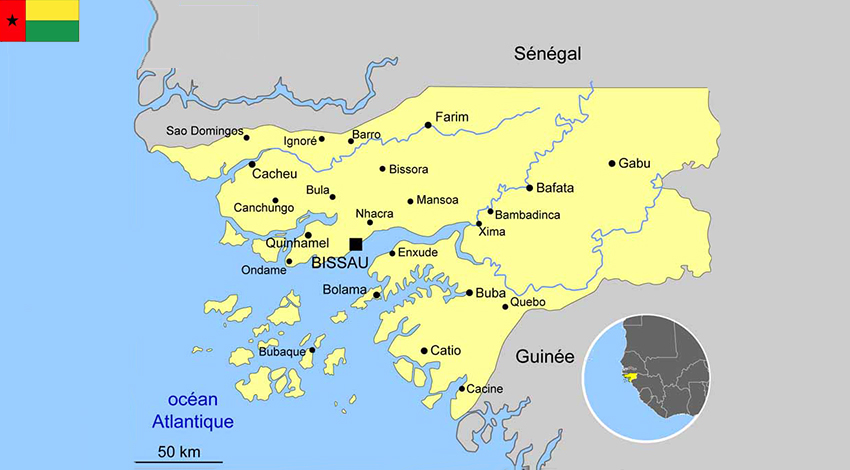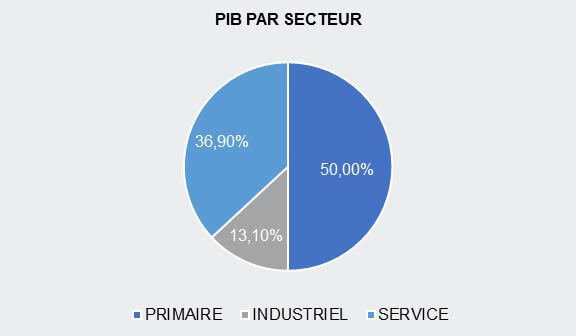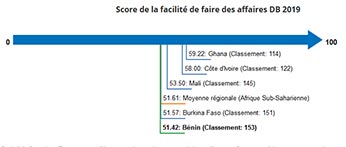
1.1 Geographic and politics characteristics of Guinea-Bissau
Political system
Since independence from Portugal in 1974, Guinea-Bissau has experienced considerable political and military upheaval. In 1980, a military coup established authoritarian General Joao Bernardo 'Nino' VIEIRA as president. Despite eventually setting a path to a market economy and multiparty system, VIEIRA's regime was characterized by the suppression of political opposition and the purging of political rivals. Several coup attempts through the 1980s and early 1990s failed to unseat him. In 1994 VIEIRA was elected president in the country's first free, multiparty election.
The president directly elected by absolute majority popular vote in 2 rounds if needed for a 5-year term (no term limits); election last held on 13 April 2014 with a runoff on 18 May 2014 (next to be held in 2019); prime minister appointed by the president after consultation with party leaders in the National People's Assembly.
The president directly elected by absolute majority popular vote in 2 rounds if needed for a 5-year term (no term limits); election last held on 13 April 2014 with a runoff on 18 May 2014 (next to be held in 2019); prime minister appointed by the president after consultation with party leaders in the National People's Assembly.
- Area : 36.126 km2
- Population : 1.883.247 (July 2018)
- Density : 52 people/km2
- Population growth rate : 2.48%
- Urban population : 47,4% (2018)
- Official language : Portuguese
International agreements
The Republic of Guinea-Bissau is member of the West African Economic and Monetary Union with Benin, Burkina-Faso, Cote d’Ivoire, Mali, Niger, Senegal and Togo, Economic of West African States (ECOWAS), the Sahel-Saharan States.
1.2 Macroecononic Framework
1.3 Economic performance and outlook of Guinea-Bissau
1.4 Ease of Doing Business
- Benin (capital : Porto-Novo)
- Burkina Faso (capital : Ouagadougou)
- Cape Verde (capital : Praia)
- Ivory Cost (capital : Abidjan)
- Gambia (capital : Banjul)
- Ghana (capital : Accra)
- Guinea (capital : Conakry)
- Guinea Bissau (capital : Bissau)
- Liberia (capital : Monrovia)
- Mali (capital : Bamako)
- Niger (capital : Niamey)
- Nigeria (capital : Abuja)
- Senegal (capital : Dakar)
- Sierra Leone (capital : Freetown)
- Togo (capital : Lomé)




